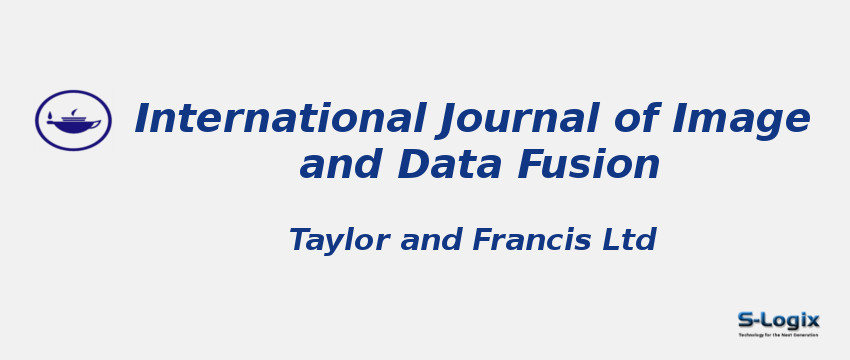Journal Home: Journal Homepage
Editor-in-Chief: Jixian Zhang
Print ISSN: 19479824
Electronic ISSN: 19479832
Abstracting and Indexing: Scopus
Imapct Factor 2024: 1.3
Subject Area and Category: Computer Science,Computer Science Applications,Earth and Planetary Sciences,Earth and Planetary Sciences (miscellaneous)
Publication Frequency:
H Index: 36
Q1:
Q2: Earth and Planetary Sciences (miscellaneous)
Q3:
Q4:
Cite Score: 3.9
SNIP: 0.715
Journal Rank(SJR): 0.459
Latest Articles: Latest Articles in International Journal of Image and Data Fusion
Guidelines for Authors: International Journal of Image and Data Fusion Author Guidelines
Paper Submissions: Paper Submissions in International Journal of Image and Data Fusion
Publisher: Taylor and Francis Ltd.
Country: United Kingdom
